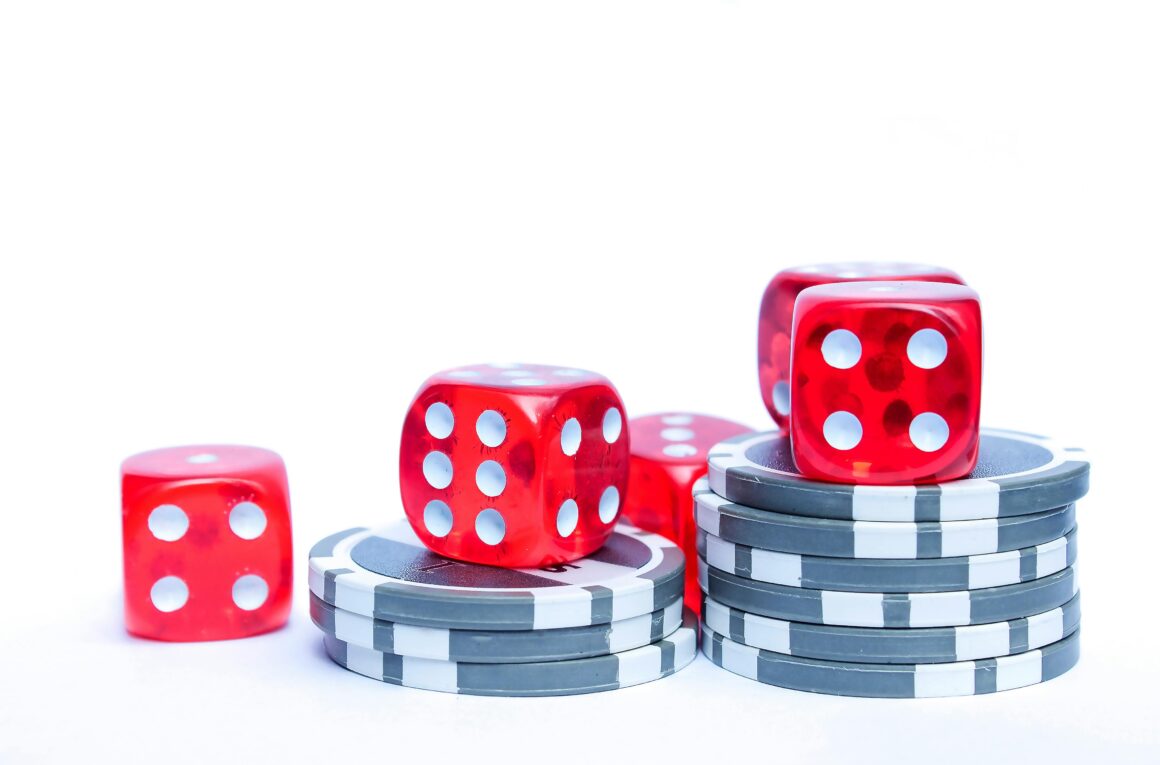Anyone who’s ridden a horse in the last millennium or so knows you only ever get on the left side of your steed. You slide the stirrup down its leather, place your foot in, and boost up onto the saddle. But only ever on the left side.
Why?
Why does it matter why? The left side is how we’ve always done it, so it’s how we’ll always do it. Age ten, learning at Pony Tails riding school, I blindly accepted this, imagining some kind of horrific consequence if I ever hopped on the wrong (right) side of the horse.
It was only later, taking courses from Russel Higgins, one of New Zealand’s few “Parelli-accredited” horse whisperers, that I realized the flimsy historical fact this absolute had been based upon. Parelli is an American invention, a horse-training program that pairs traditional Western knowledge with horse-behavioral science. The result is unconventional, but refreshingly rational. Anyway — it was Higgins who explained that the left side of the horse was the right side to get on… if you were a Medieval knight, the kind that always wore their swords sheathed on their left hip.
For this kind of person, the left side was the obvious choice, so you could avoid lifting your sword leg over the horse’s back, potentially stabbing it or you. For everyone else, it was plain silly to continue insisting on this throwback of a rule.
I raise this anecdote because it illustrates perfectly how ancient patterns of thinking entrench themselves in the public imagination to the point at which we stop questioning them, accepting them as reality.
The Israeli philosopher-historian Yuval Noah-Harari cites another potent example in his book Homo Deus: a brief history of tomorrow: those green stretches of beautiful lawns that feature in the front of most comfortable, middle class homes. Say a couple has just arrived at their new suburban house. What do they want out the front? They could have a rock garden, a sandy dessert, a jungle, a Forrest, or even another house. But instead they choose a lawn. Why? Because, Yuval-Harari writes in this example: “it is beautiful.” But why does the couple think that? To understand, we have to go back in time, to the era before the French Revolution. French Aristocrats developed a taste for lawns because they were the ultimate symbol of privilege. A man rich enough to be able to waste gallons and gallons of water — as well as fertile, crop-growing land — on something that was purely arbitrary and aesthetic was a truly rich man in the 1700s.

From there, the trend bloomed. As the American bourgeois expanded in the post-war boom, the lawn again became a symbol of security in the new suburban “paradises.” So a 21st Century couple, when the declare the want a lawn, is hardly summoning an innate desire. They are, in contrast, responding to centuries of cultural bias. “This,” Noah-Harari writes, “is why we learn history.” To recognize that so little is inevitable, and so much is the product of cultural and historical happenstance. Once teenagers like me acknowledge the parable of the beautiful lawn, they can begin to realize just how much is open to change, to betterment. As the recently-late anthropologist David Graeber wrote in his book The Utopia of Rules: “the ultimate, hidden truth of the world is that it is something that we make, and could just as easily make differently.”
So in reality the lawn is just an elitist status symbol. It wastes water for no good reason, and eats up space. It is arbitrary, not necessary. Likewise, always getting on the left side of a horse can skew their back muscles, stretching one stirrup leather longer than the other; ultimately, it’s much worse for both the horse and you than alternating sides.
This way of looking at the world is not just a philosophical reevaluation; it has practical benefits for our generation. This is, as Noah-Harari knows, why we learn history, after all — to free ourselves from it. To recognize that the way things are is not necessarily the best way things could possibly be.
Rules and constructs we consider as immutable — such as the way you get on a horse, or that lawns hold some Intrinsic beauty, or that the constitution is sacred, or that liberalism will live on — are often just scaffolded on centuries of less and less relevant behaviors. The next generation’s duty is to be the historical iconoclast; to look at the lawn and decide they really would rather have a desert, to look at our society and dare to believe that it’s all just a work in progress.
Photo: Markus Spiske




